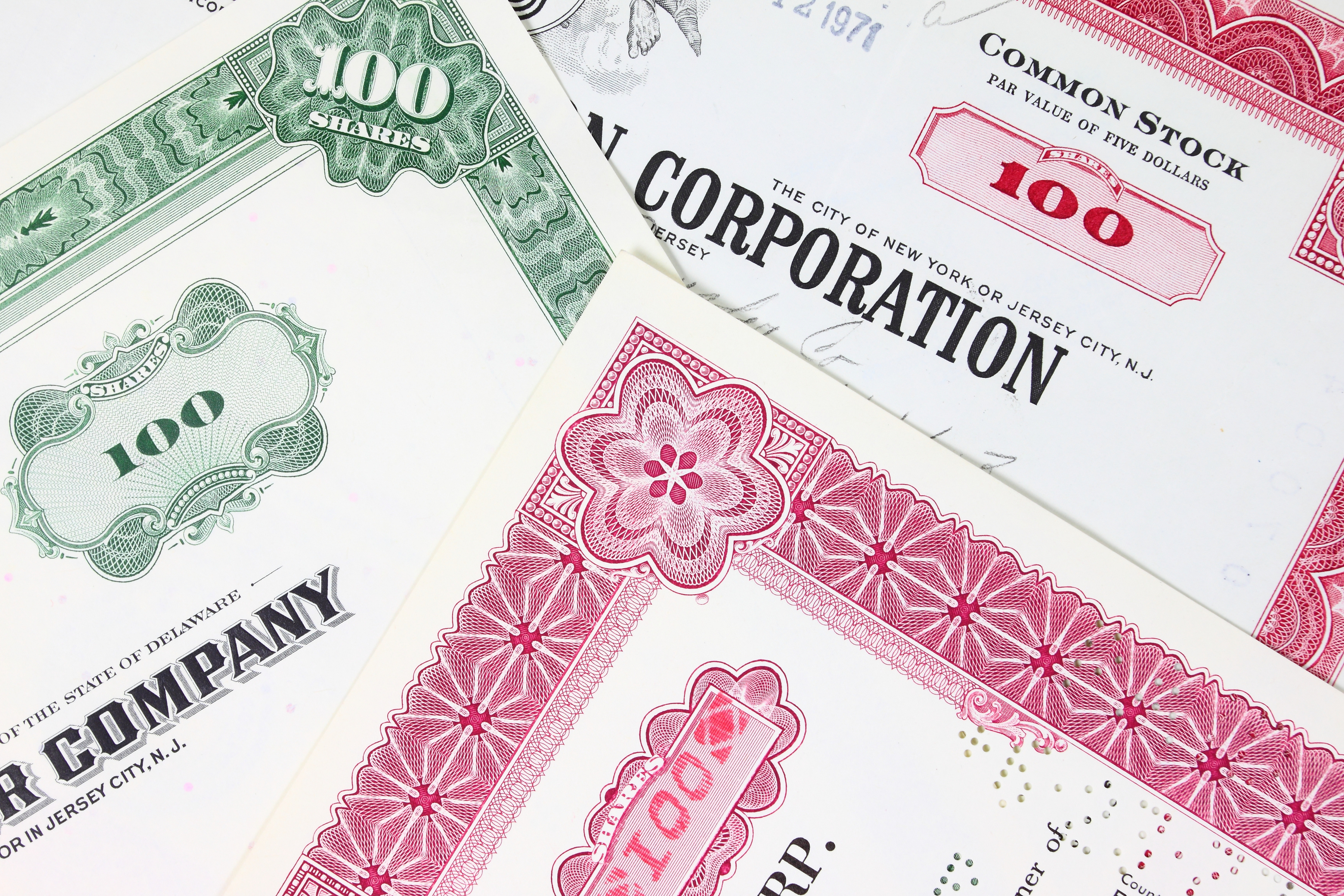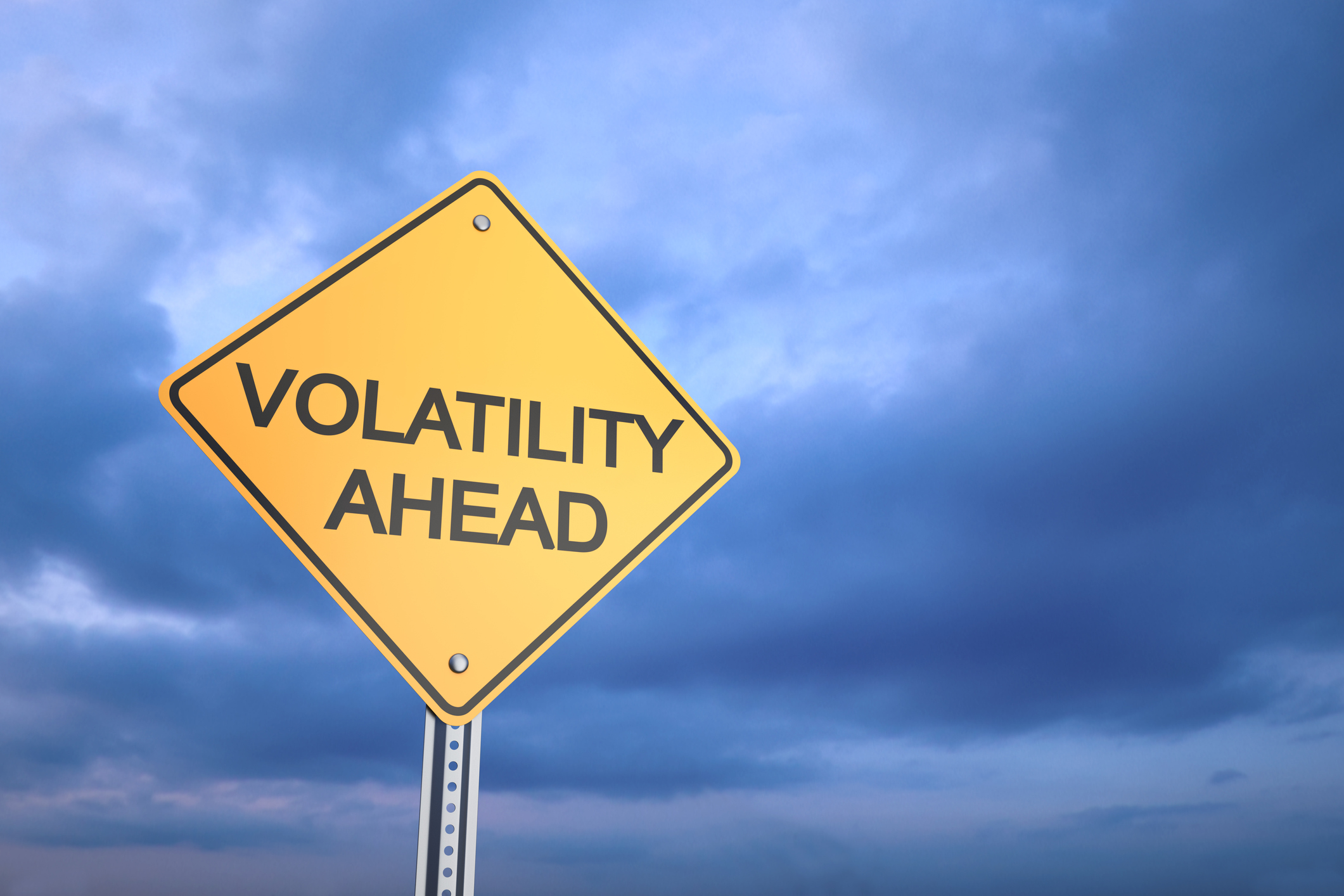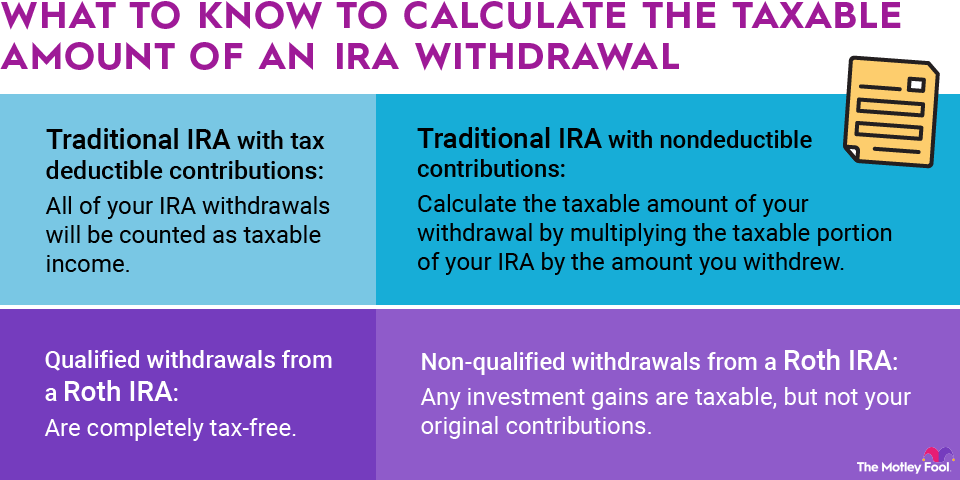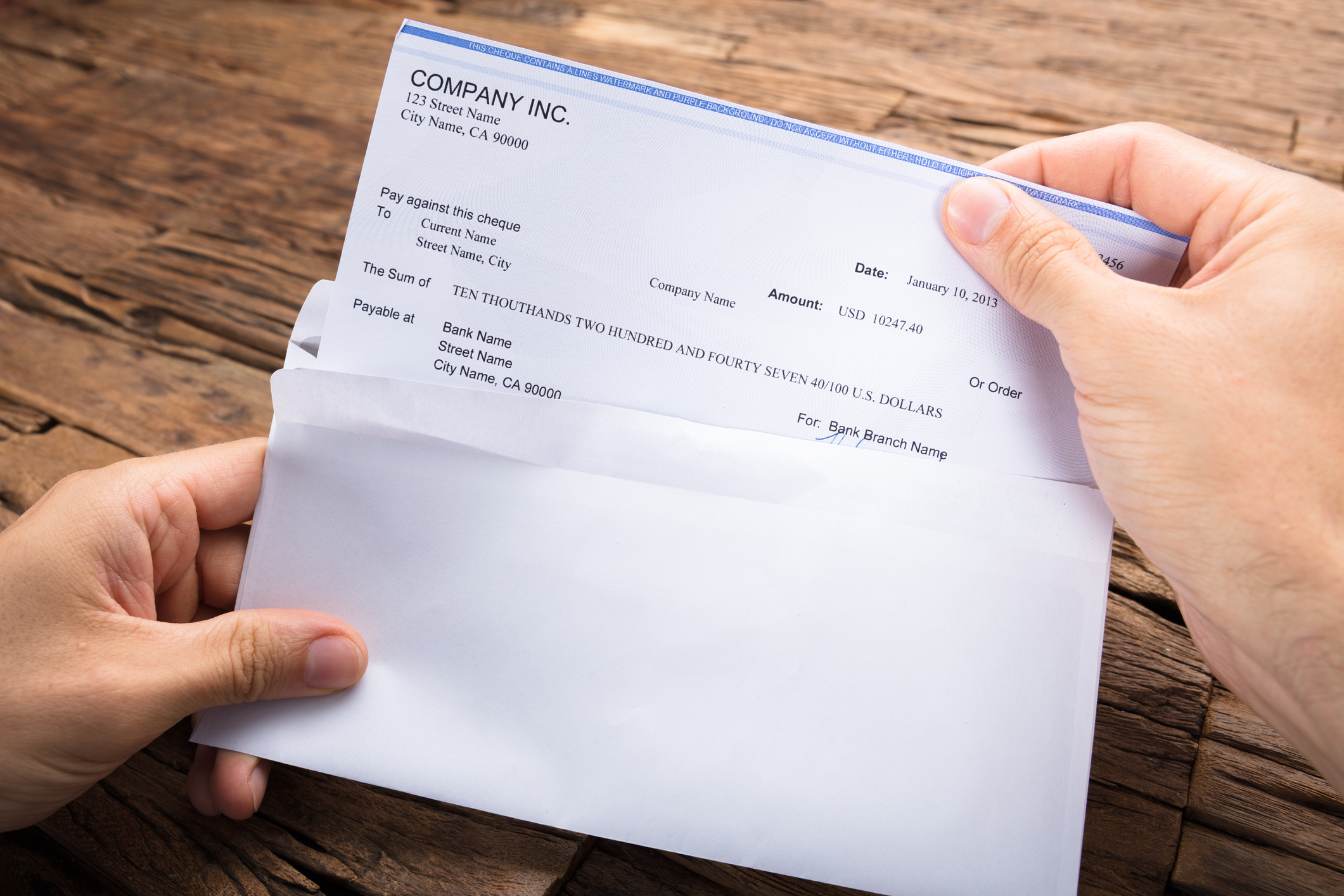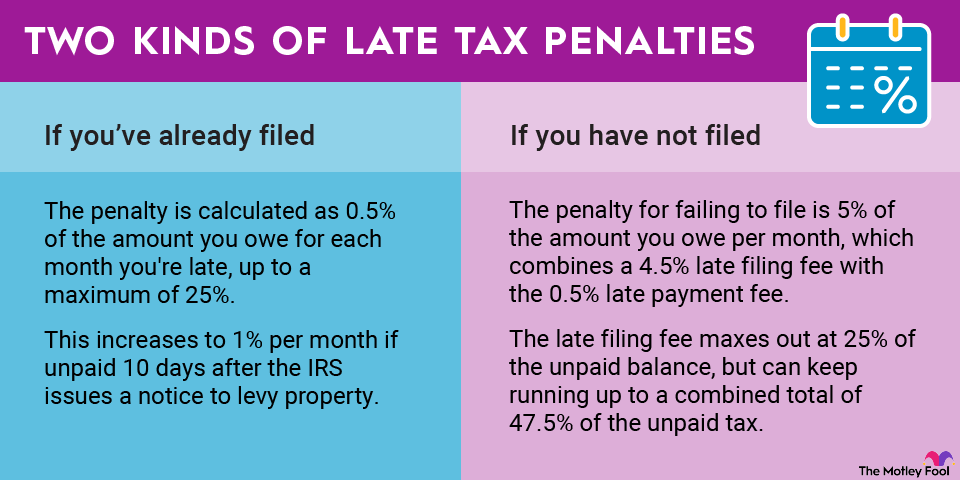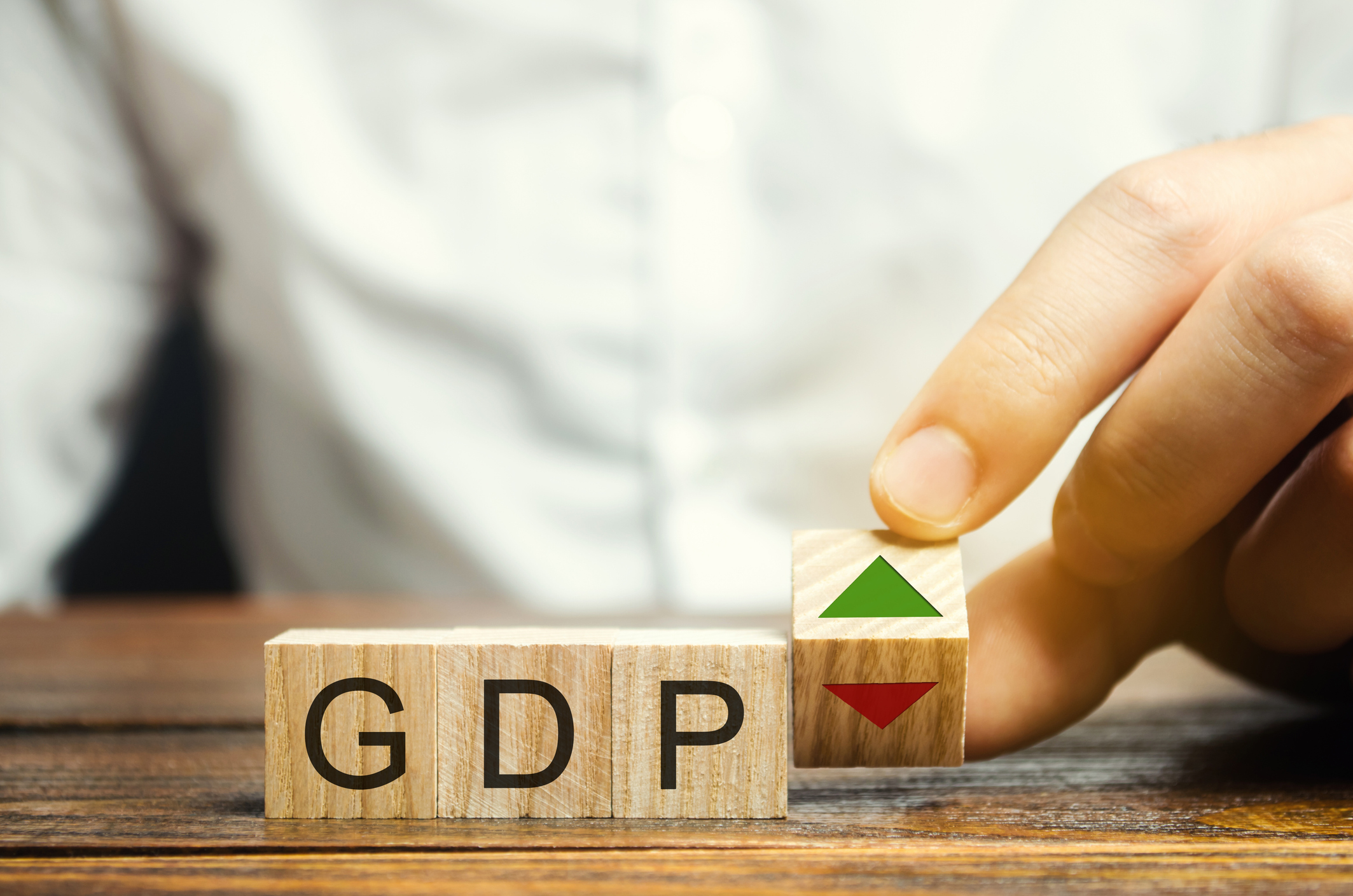An annual return, or annualized return, is a percentage that tells you how much an investment has increased in value on average per year over a period of time.
Annual return can be a preferable metric to use over simple return when you want to evaluate how successful an investment has been, or to compare the returns of two investments you've held over different time frames on equal footing: An investment that's doubled in five years is obviously preferable to another investment that's taken 50 years to double. An annual return allows you to compare the two.

How to calculate an annual return
Here's how to do it correctly:
- Look up the current price and your purchase price.
- If the stock has undergone any splits, make sure the purchase price is adjusted for splits. If it isn't, you can adjust it yourself. For example, if you held a stock for 4 years, during which time it has had a 2:1 and a 3:1 split, then you can calculate your split-adjusted purchase price by dividing your purchase price by 6 (2 x 3).
- Calculate your simple return percentage:
Simple Return = (Current Price - Purchase Price) / Purchase Price - Now that you have your simple return, annualize it:
Annual Return = (Simple Return + 1) ^ (1 / Years Held) - 1
Let's use Campbell's (CPB -0.42%) as an example. Suppose it's 2015, and you own shares (it doesn't matter how many) of the stock. The stock trades for $48 per share, and you paid $54 per share 20 years ago in 1995. In the meantime, the stock has undergone one split, a 2:1 split in 1997.
- The current price is $48. Your purchase price was $54.
- Your split-adjusted purchase price would be $27 ($54 / 2).
- Your simple return would be 78% ($48 - $27) / $27).
- Your annual return would be 3% ((78% + 1 ) ^ (1 / 20) - 1).
What about dividends?
Many companies pay their investors cash in the form of dividends. Since dividends can make up a substantial portion of investing returns, you may decide to calculate an annual return that takes them into account.
Here's how:
- Calculate your simple return using a historical dividend-adjusted historical price. (Also known as adjusted price or adjusted close price, a dividend-adjusted price usually will take into account any splits. It also implicitly assumes dividend reinvestment.)
Simple Dividend-Adjusted Return = (Current Stock Price - Dividend-Adjusted Stock Purchase Price) / Dividend-Adjusted Stock Purchase Price - Annualize your dividend-adjusted simple return in the same way as a nondividend-adjusted simple return:
Annual Dividend-Adjusted Return = (Simple Dividend-Adjusted Return + 1) ^ (1 / Years Held) - 1
Related investing topics
Back to our Campbell's example. The company paid a bunch of dividends from 1995 to 2015. Here's how you would include those in your annual return calculation:
- The current price stays the same -- $48. Instead of using a purchase price of $54, look up the dividend-and-split-adjusted historical price on your purchase date. Let's say you bought on November 16, 1995. Your dividend-and-split-adjusted close price would be $15.27.
- Your simple dividend-adjusted return would be 314% ($48 - $15.27) / $15.27).
- Your annual dividend-adjusted return would be 7% ((314% + 1) ^ (1 / 20) - 1).






